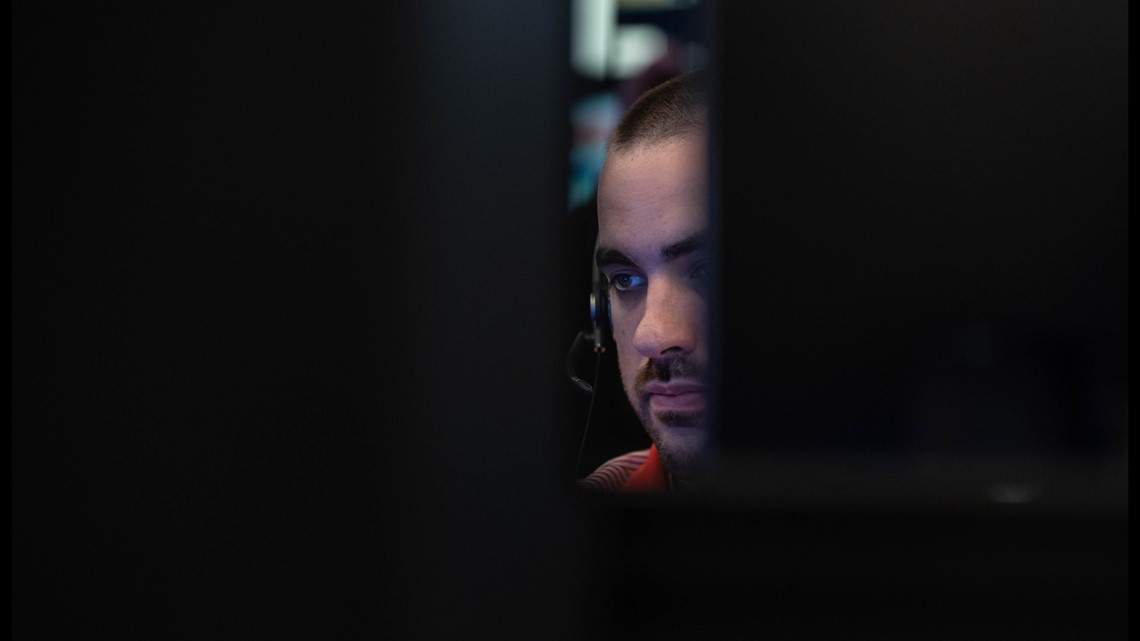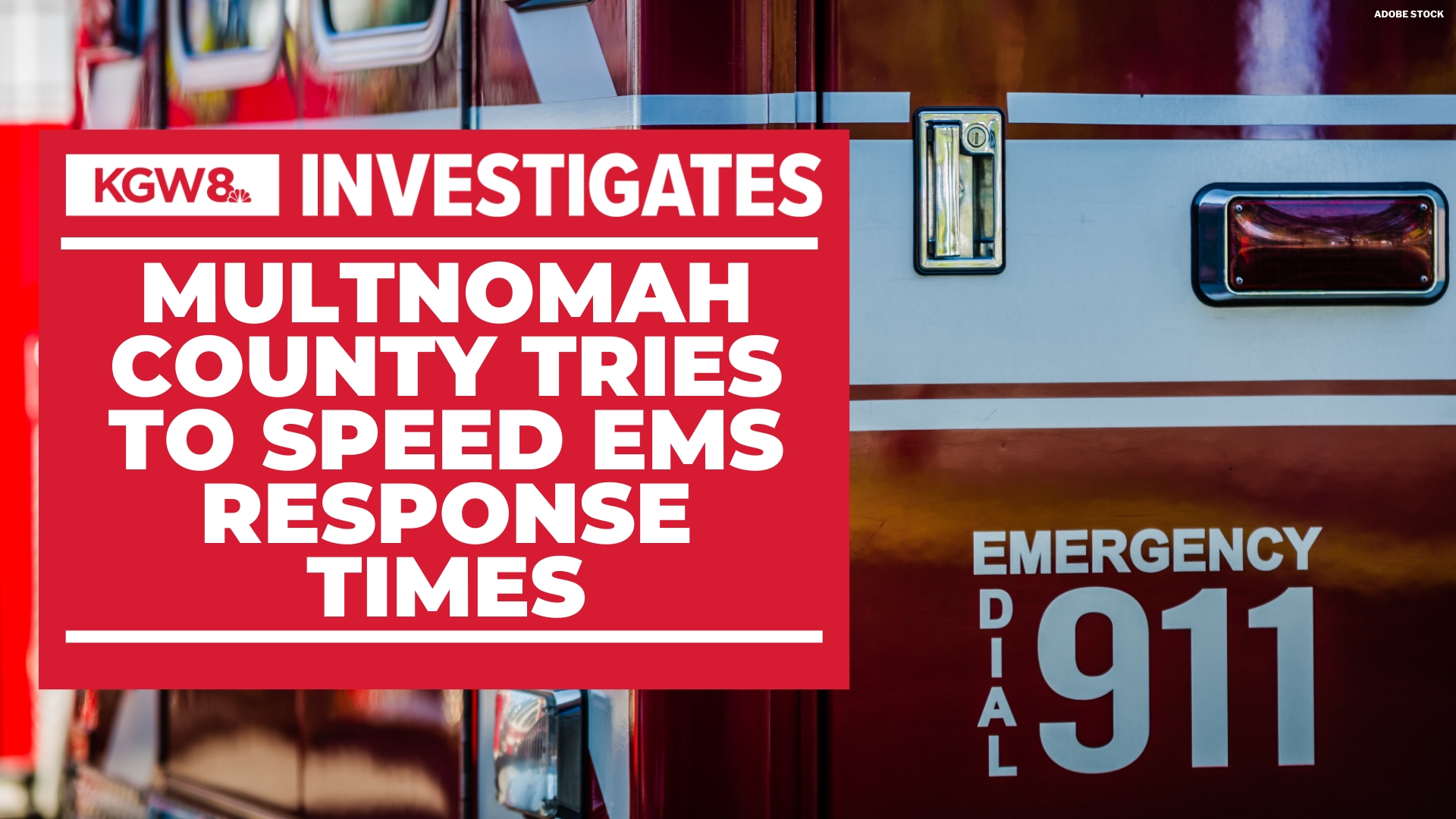MULTNOMAH COUNTY, Ore. — In response to persistent ambulance response issues, Multnomah County has made two big changes to its 911 system — affecting how an emergency call is managed and who responds to the scene.
Over the past year, KGW has investigated how county ambulances, staffed and operated by emergency medical services provider American Medical Response, have often been late in getting to emergencies. In some cases, they weren't available at all.
AMR blames a shortage of paramedics and strict rules from Multnomah County that make it harder to staff ambulances. County leaders have threatened to fine AMR for poor performance, although no fines have been issued to this point.
But finger-pointing aside — what's being done to fix the problem?
"We have a long way to go, but the project is looking very promising at this point ... getting the appropriate care to people who are calling 911," said Aaron Monnig, health officer operations manager for Multnomah County.
First, Multnomah County, AMR, and the city of Portland's Bureau of Emergency Communications changed their system for sorting and managing 911 calls. The idea is that smarter management of different types of 911 calls could help keep paramedics available for emergent, life-threatening cases. Someone with a toothache or a rash or other types of "low-acuity" calls can wait.
"For many years we've used one resource — two paramedics responding to every single call — which is over-resourcing low-acuity calls," Monnig said. "We need to get some of the volume out of the 911 emergency system."
Dispatchers are now sending calls that appear to be "low-acuity" or not as pressing to an AMR paramedic, who then checks in over the phone until an ambulance crew is available.
Monnig said the change has created a more effective emergency dispatch system. Prior to now, 911 calls were dispatched out as they came in, creating situations where ambulances were delayed in getting to high-risk and time-sensitive calls because all ambulances were already assigned.
At BOEC, bureau director Bob Cozzie said the new triage system could help reduce 911 wait times as well.
"The more efficient system we have, the fewer calls that are having to wait in the 911 queue, the quicker all our call-takers are able to get through those calls," Cozzie said.
In the first month of using the low-acuity dispatch queue, AMR paramedics managed about 1,050 emergency calls from a room at AMR's Portland headquarters.
Close to 1,000 of these calls were correctly designated as low-risk and managed over the phone until ambulance crews were available, according to Multnomah County data. About 6% of the time, paramedics escalated the calls back to central dispatch for a more emergent response.


The other big change to Multnomah County's emergency response system involves who is responding to 911 calls.
AMR Multnomah County has now started sending teams of two EMTs, first responders who are not as highly trained or qualified as paramedics, to provide care in lower-level cases. These are called "Basic Life Support" or BLS crews.
The goal is to get more ambulances on the street and reduce the overwhelming workload on "Advanced Life Support" — or ALS paramedic crews — that respond to the most serious cases.
Right now, there are eight EMTs staffing four BLS ambulances. AMR is hiring more EMTs, which the county is asking for.
"It’s going to have to scale up," Monnig said.
Ideally, the increase in BLS crews will take pressure off ALS crews, hopefully eliminating the concerning number of "Level Zero" situations — when all ambulances are tied up and dispatchers have zero ambulances they can send to an emergency.
"I think it's first, reduce the duration of the Level Zero events, then reduce the Level Zero events, and then increase the availability of ambulances — and that's what we're seeing and we're starting to see that impact," Monnig said.
But big picture, will these pilot programs solve the county’s ambulance problems?
AMR says it needs mixed crews, one paramedic and one EMT, to improve response times and ambulance performance. For decades, Multnomah County health officials have insisted that ambulances need to have two paramedics to provide the best medical care.
The BLS program shows some room for flexibility, which Monnig recognized.
"I think we're seeing a need for more different resources than what we've historically had," he said.
However, the county still says it has no interest in allowing a one-and-one model anytime soon.
Both changes — the 911 triage system and the use of EMT crews — are active now. County leaders said they can’t promise a permanent fix, but early data is encouraging.

